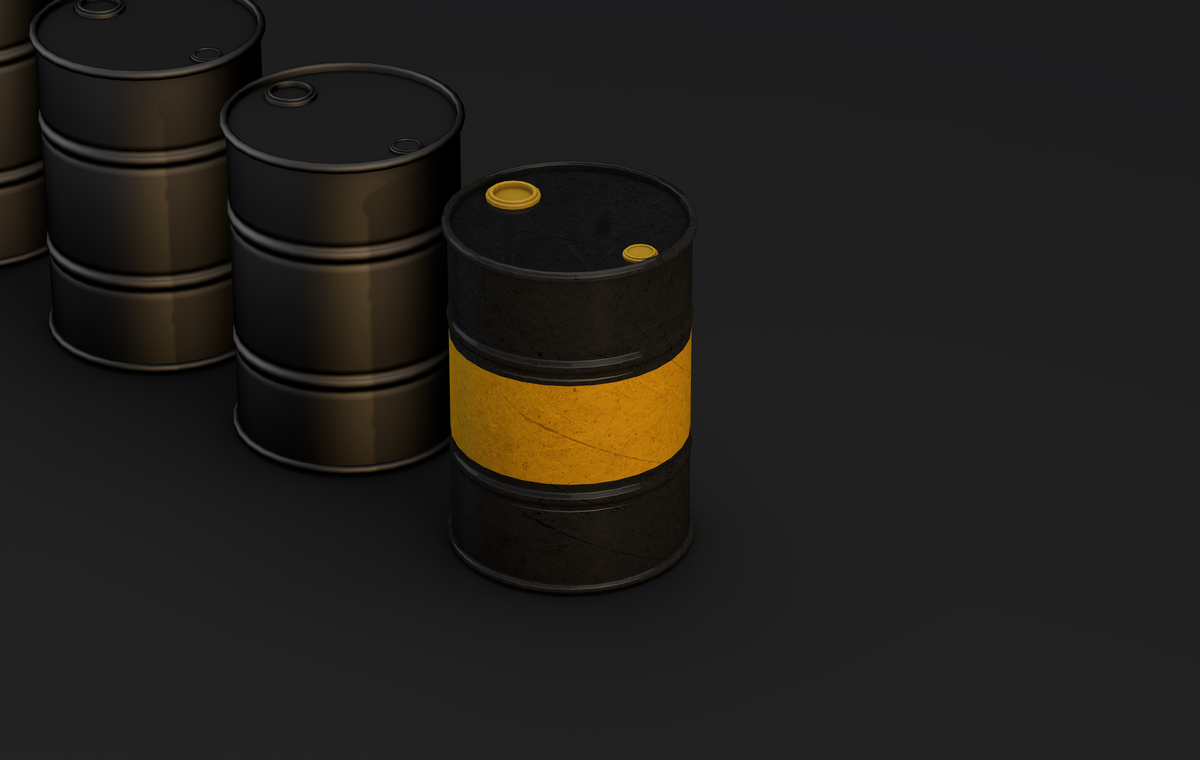Brent inches lower on prospects of a Russia-Ukraine peace deal
The front-month ICE Brent contract has inched $0.09/bbl lower on the day, to trade at $72.88/bbl at 09.00 GMT.
 IMAGE: Oil barrels. Getty Images
IMAGE: Oil barrels. Getty Images
Upward pressure:
Brent’s price has found support after the US Energy Information Administration (EIA) released the latest US crude stocks data.
Commercial US crude oil inventories decreased by 2.3 million bbls to touch 430 million bbls for the week ending 21 February, according to data from the EIA.
A drop in US crude oil inventories supports demand growth expectations in the world’s largest oil consumer, according to market analysts.
This week’s data was “relatively bullish,” according to ANZ Bank’s senior commodity strategist Daniel Hynes.
Brent has also found support from escalating supply-related concerns after US President Donald Trump revoked a license given to US oil company Chevron, to operate in Venezuela.
“After imposing additional sanctions on Iran’s oil industry, the Trump administration is now eyeing Venezuela, ending Chevron’s licence to operate in the South American nation,” two analysts from ING Bank said.
Downward pressure:
Brent crude’s price inched lower amid some hopes of easing geopolitical concerns in Europe.
The US government confirmed yesterday that Ukrainian President Volodymyr Zelenskyy will visit the White House today to sign a “long-sought minerals deal,” Associated Press (AP) reported.
The deal is expected to forge a long-lasting partnership between the two countries.
Meanwhile, a ceasefire deal between Russia and Ukraine could see the US lifting its sanctions on Russian oil exports, which in turn could increase global oil supply, according to market analysts.
This meeting between the US and Ukrainian presidents has “raised the prospect of Russian crude oil flowing more freely on the international market if a peace deal is reached,” Hynes added.
By Aparupa Mazumder
Please get in touch with comments or additional info to news@engine.online





